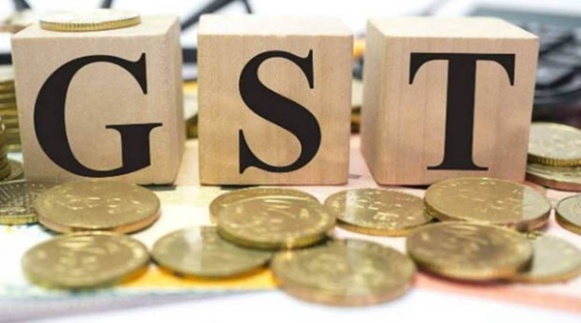Free Courses Sale ends Soon, Get It Now


Free Courses Sale ends Soon, Get It Now



Copyright infringement is not intended
Context
Factors which have contributed to the surge in collections
Divergence among states
Implications of high GST Collection
Does high GST collection suggests good taxation and all good economics?
No.
High indirect tax collection is regressive
Corporate tax falls below income tax
High oil prices
Conclusion
Read about GST in detail here: https://www.iasgyan.in/daily-current-affairs/goods-and-services-tax-gst
© 2024 iasgyan. All right reserved